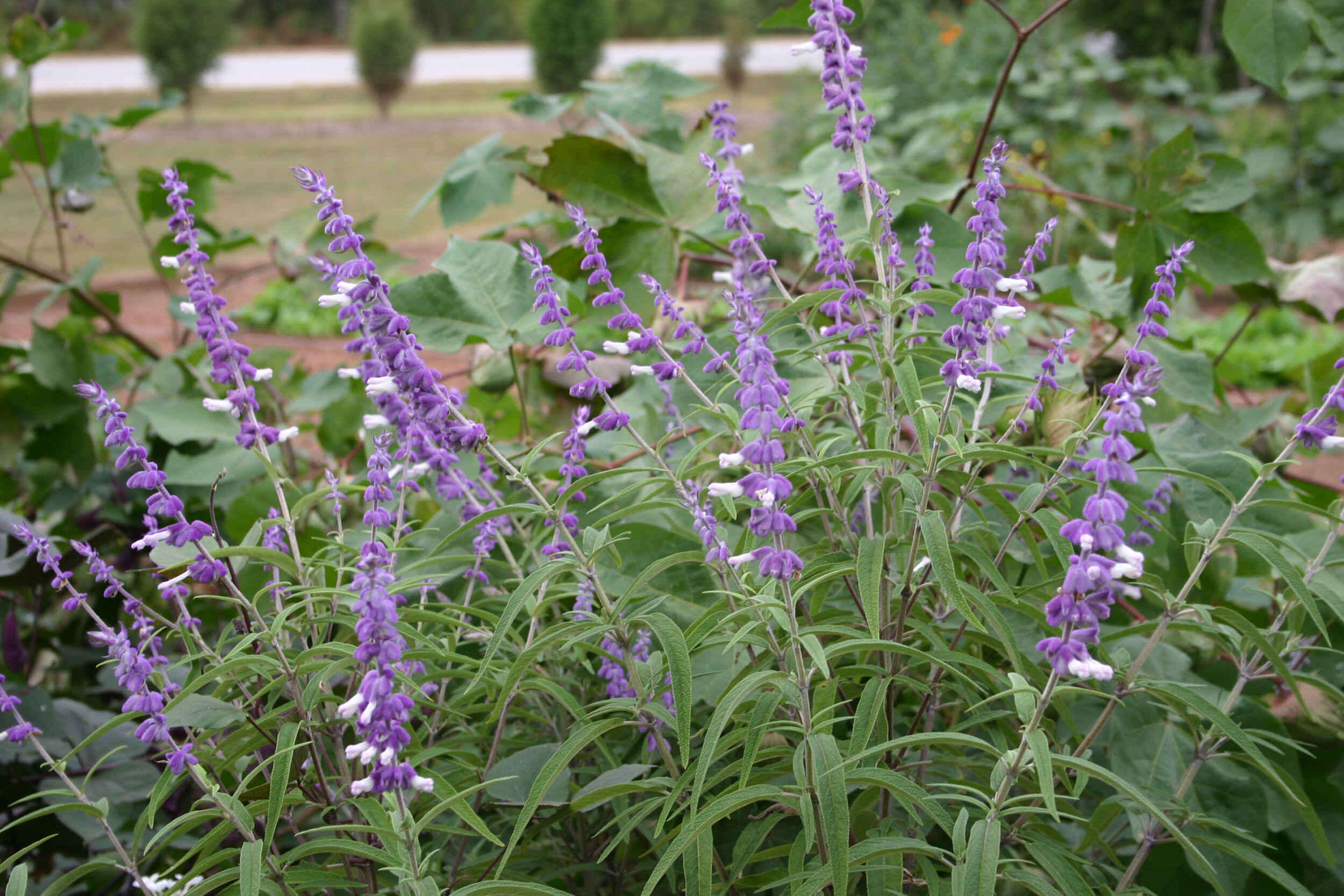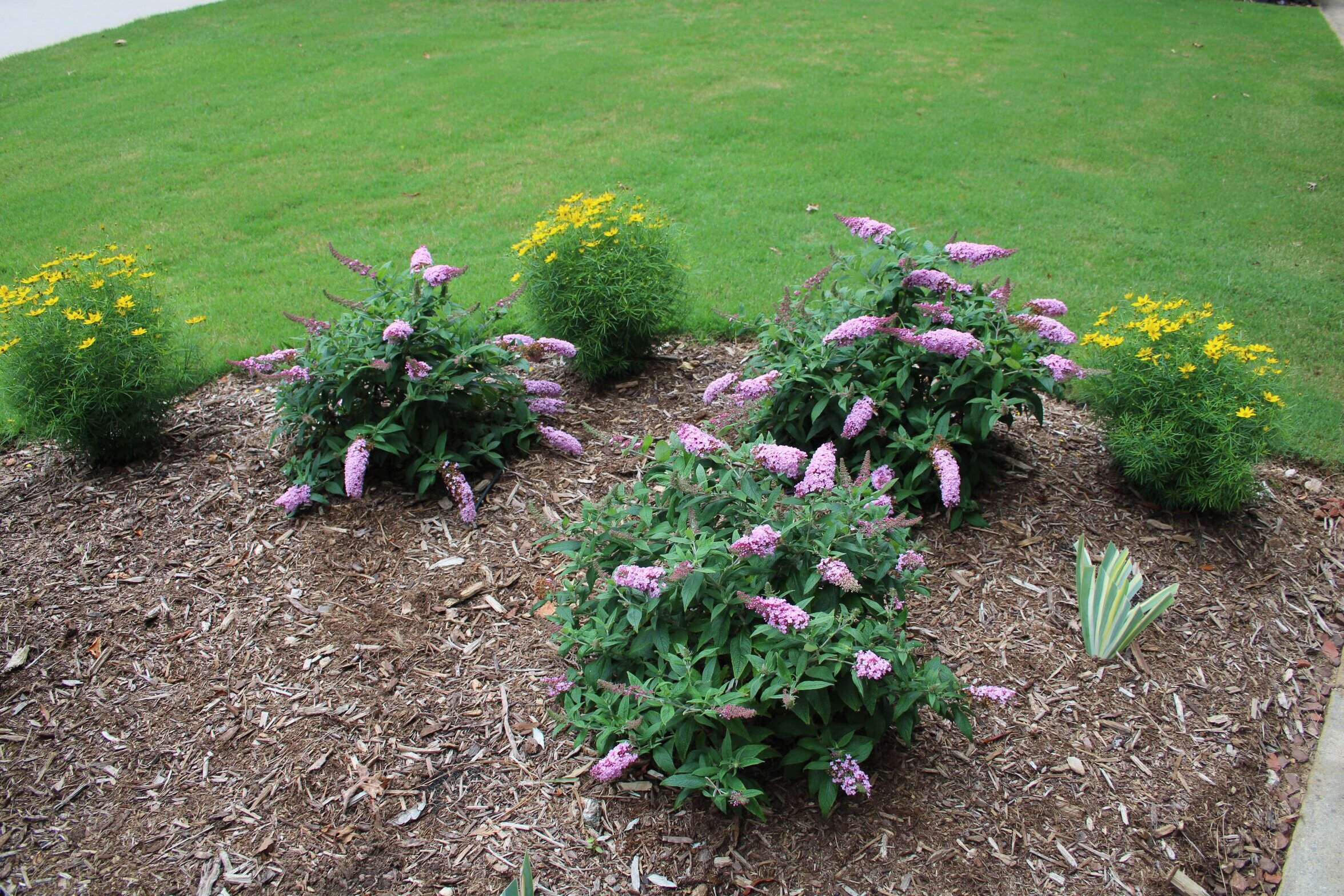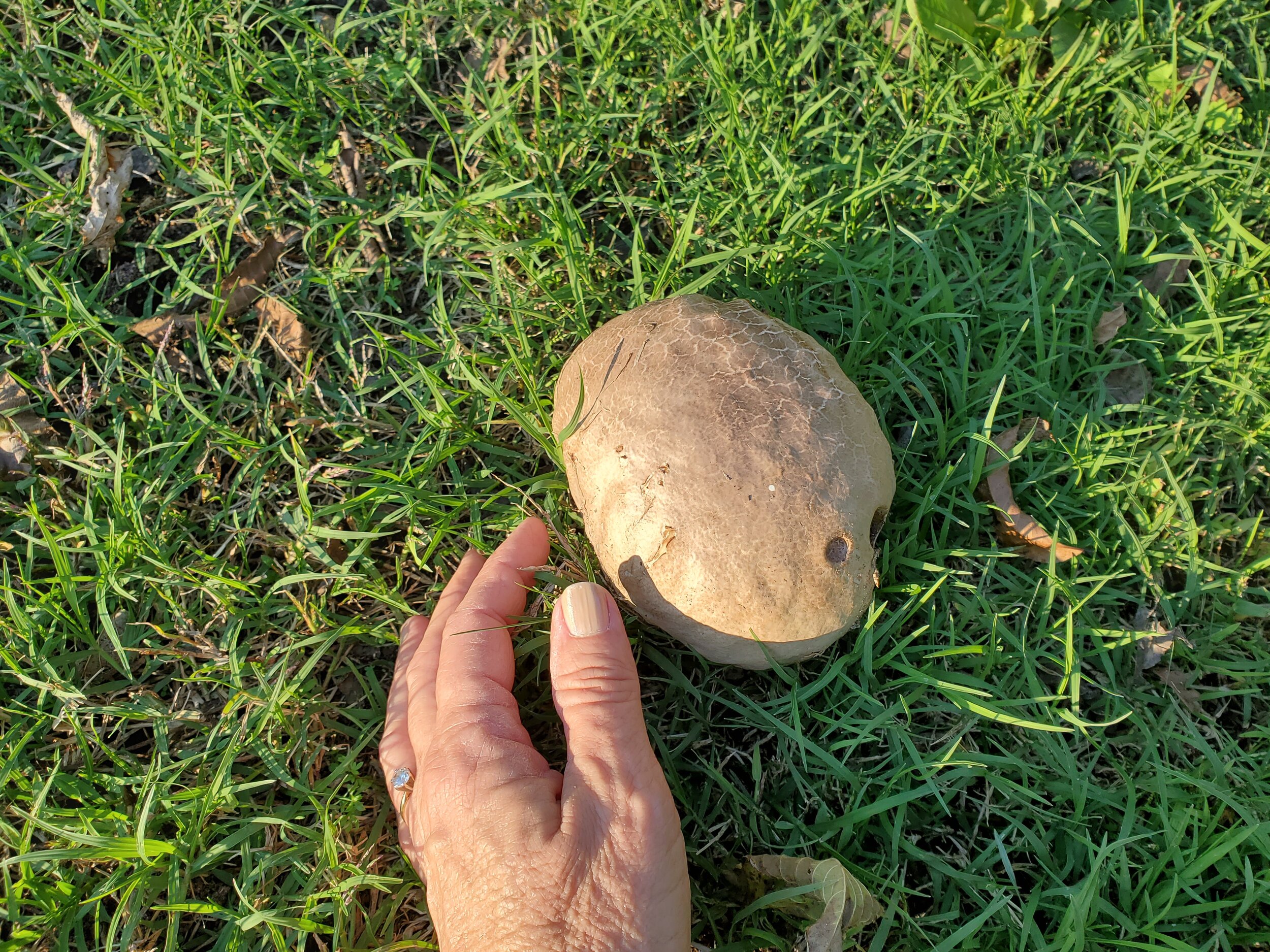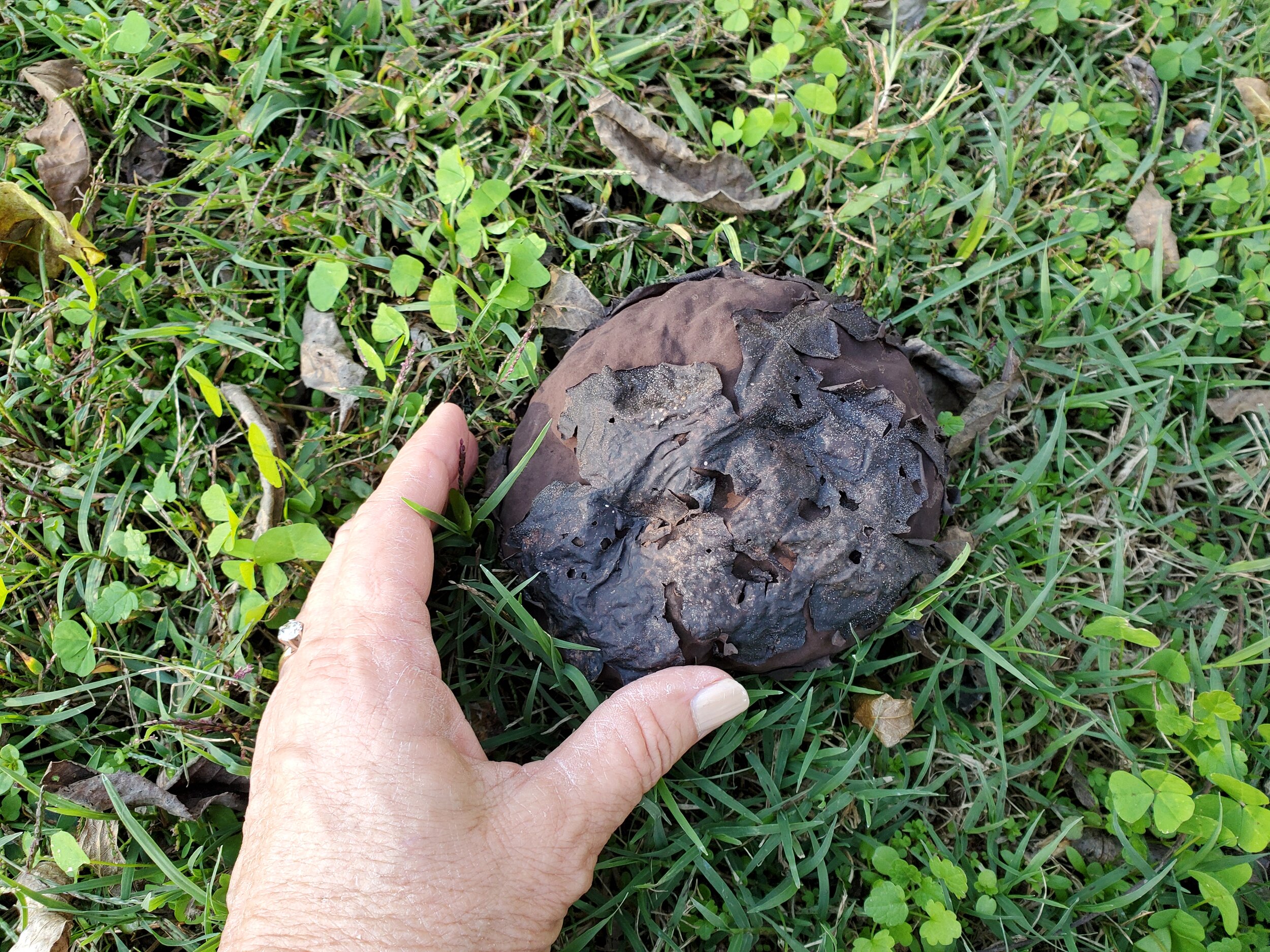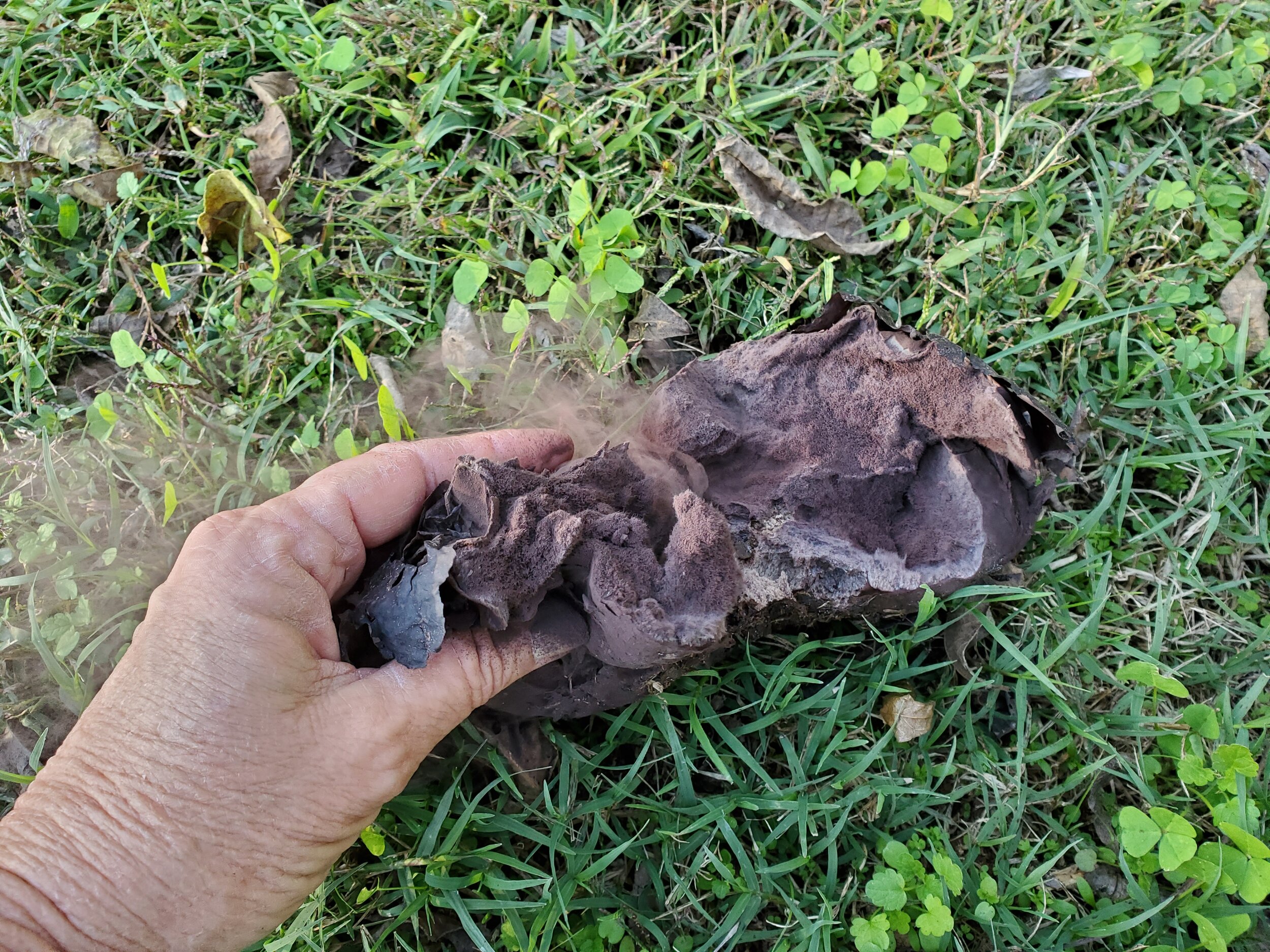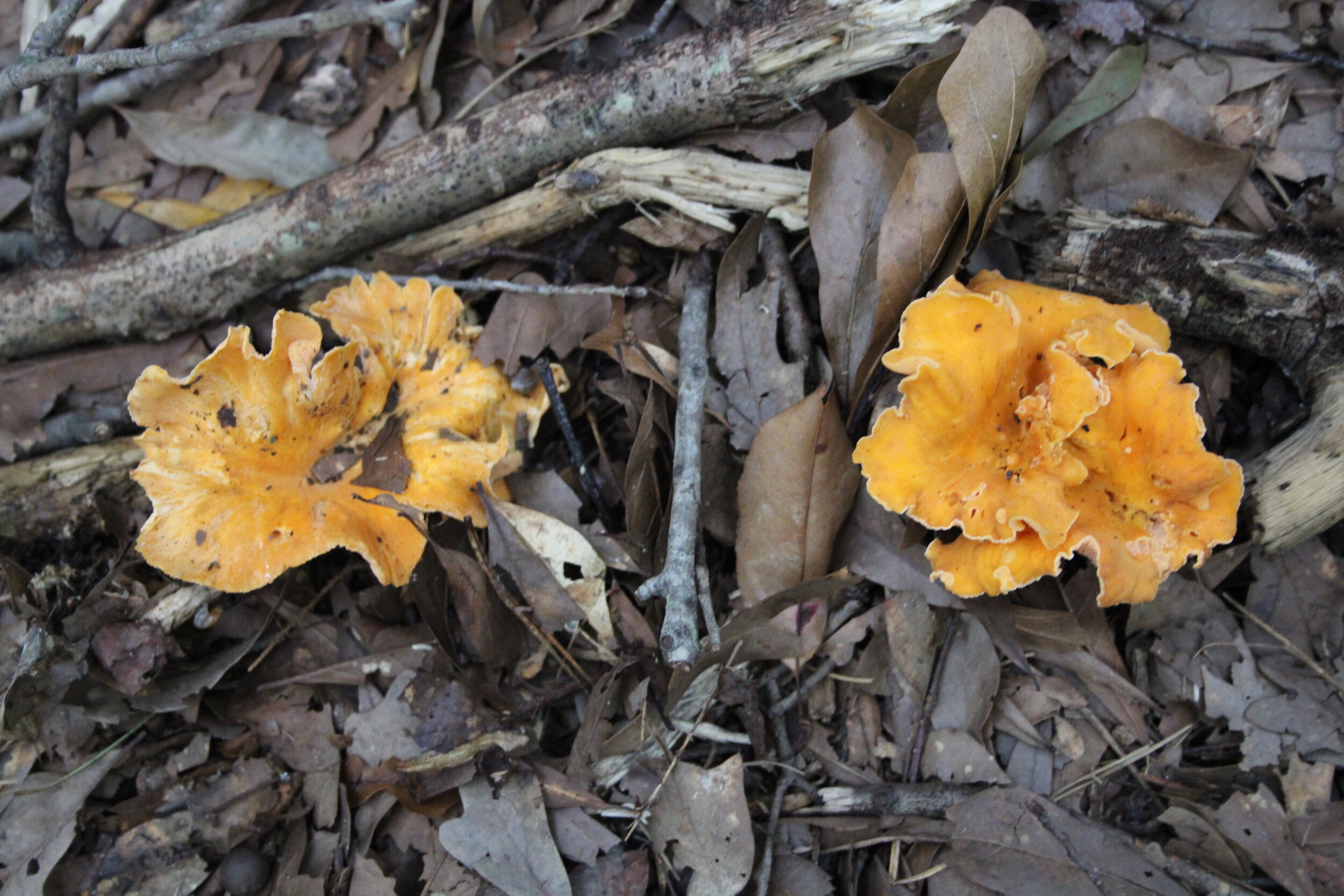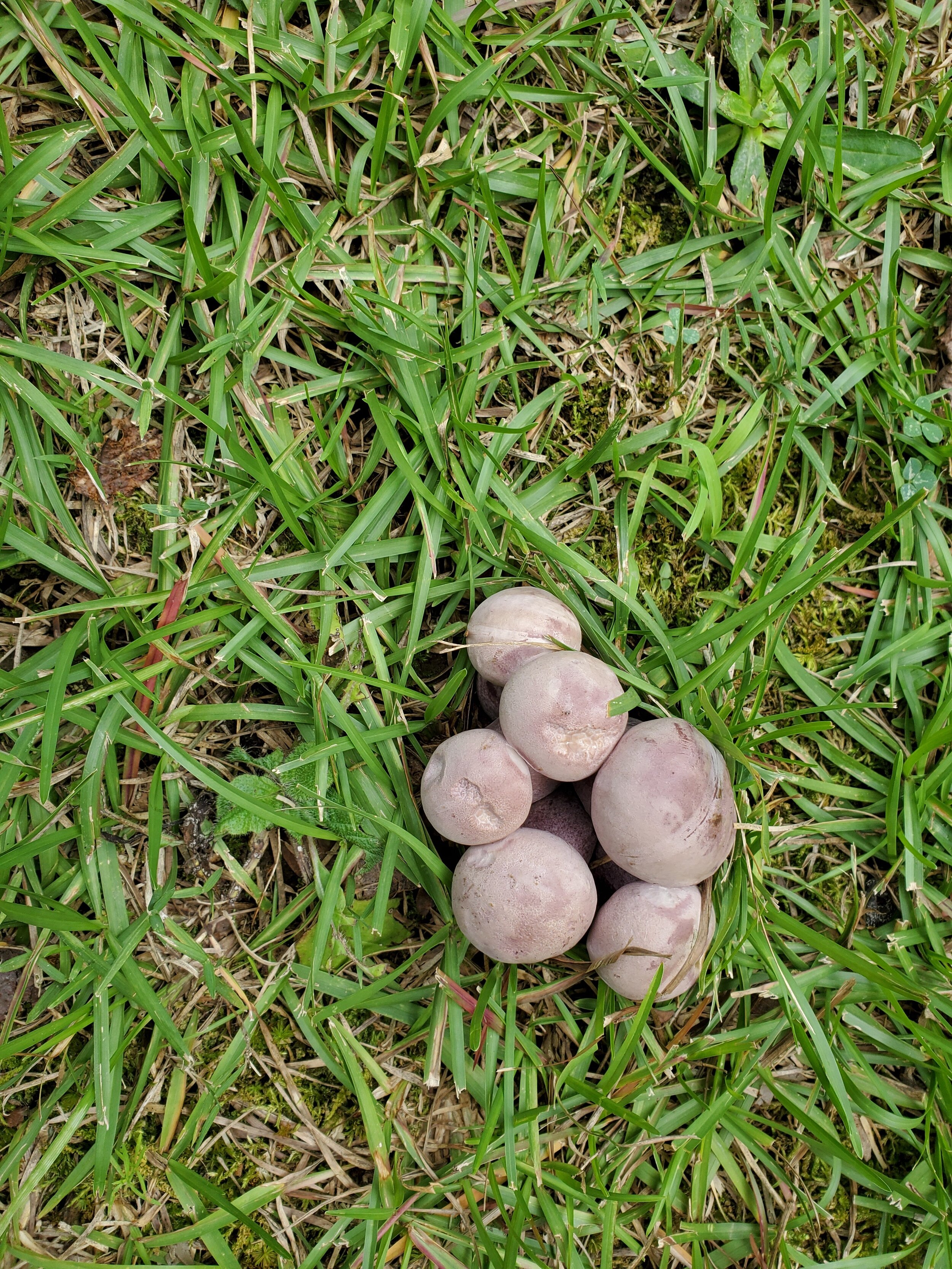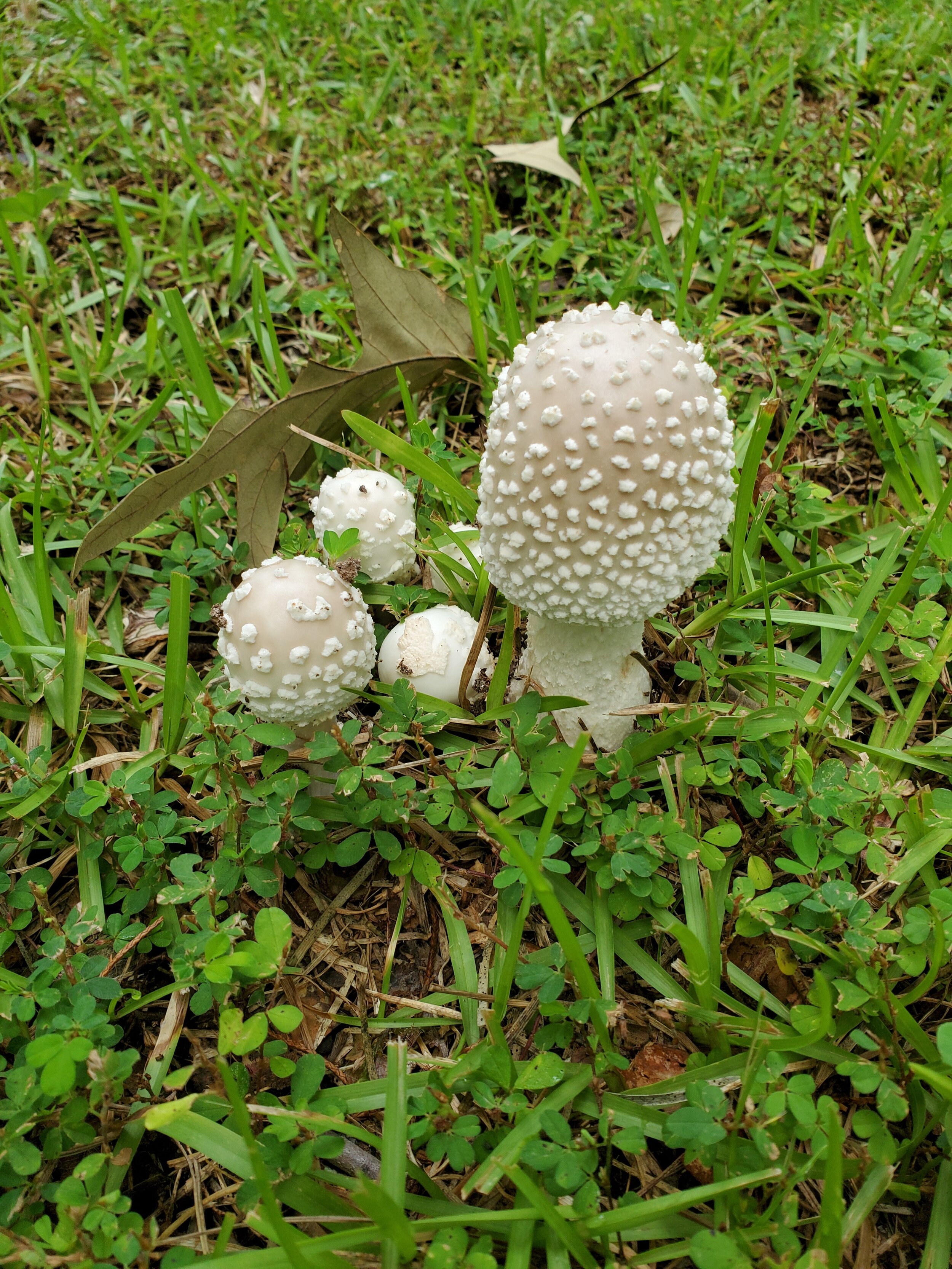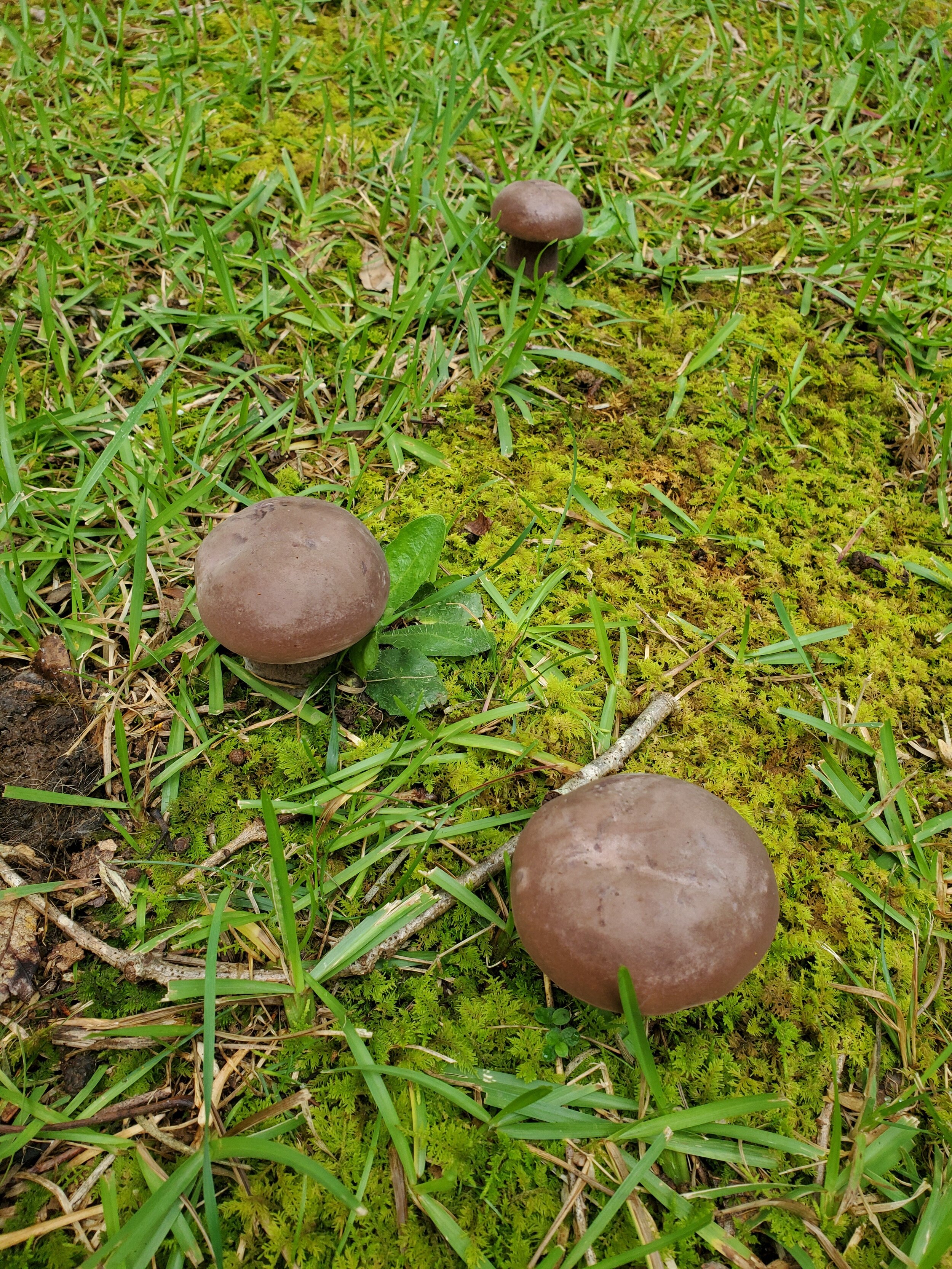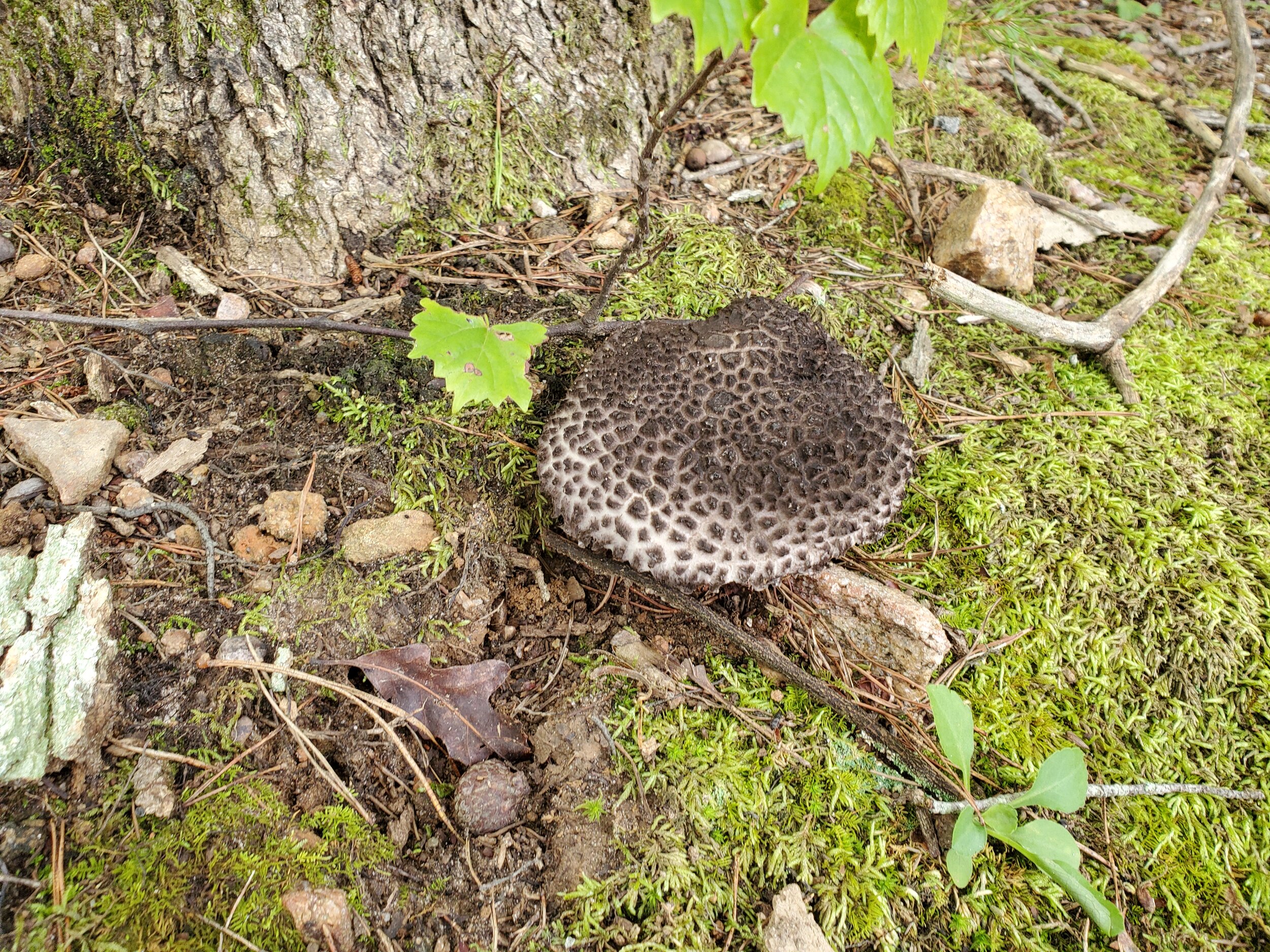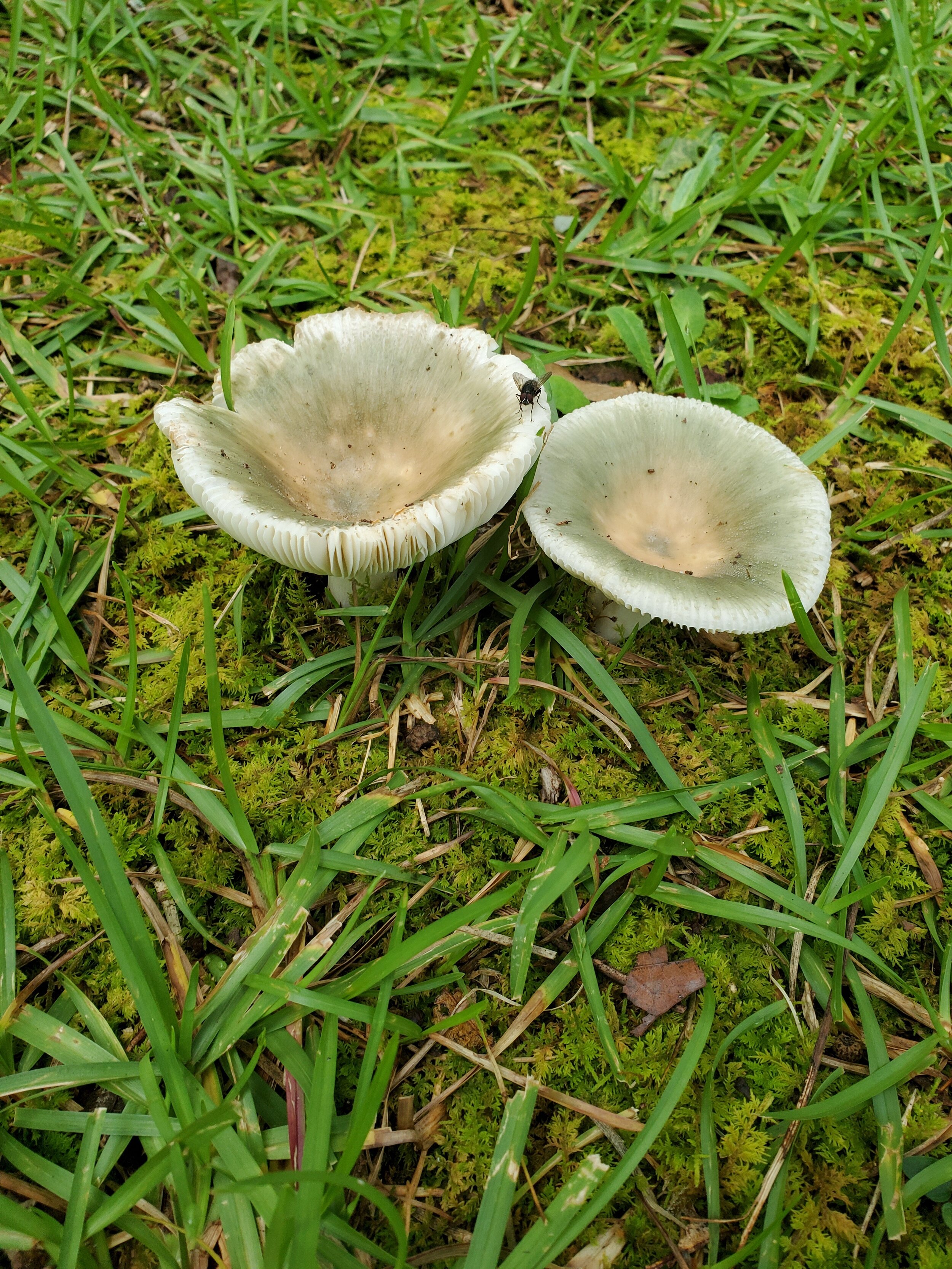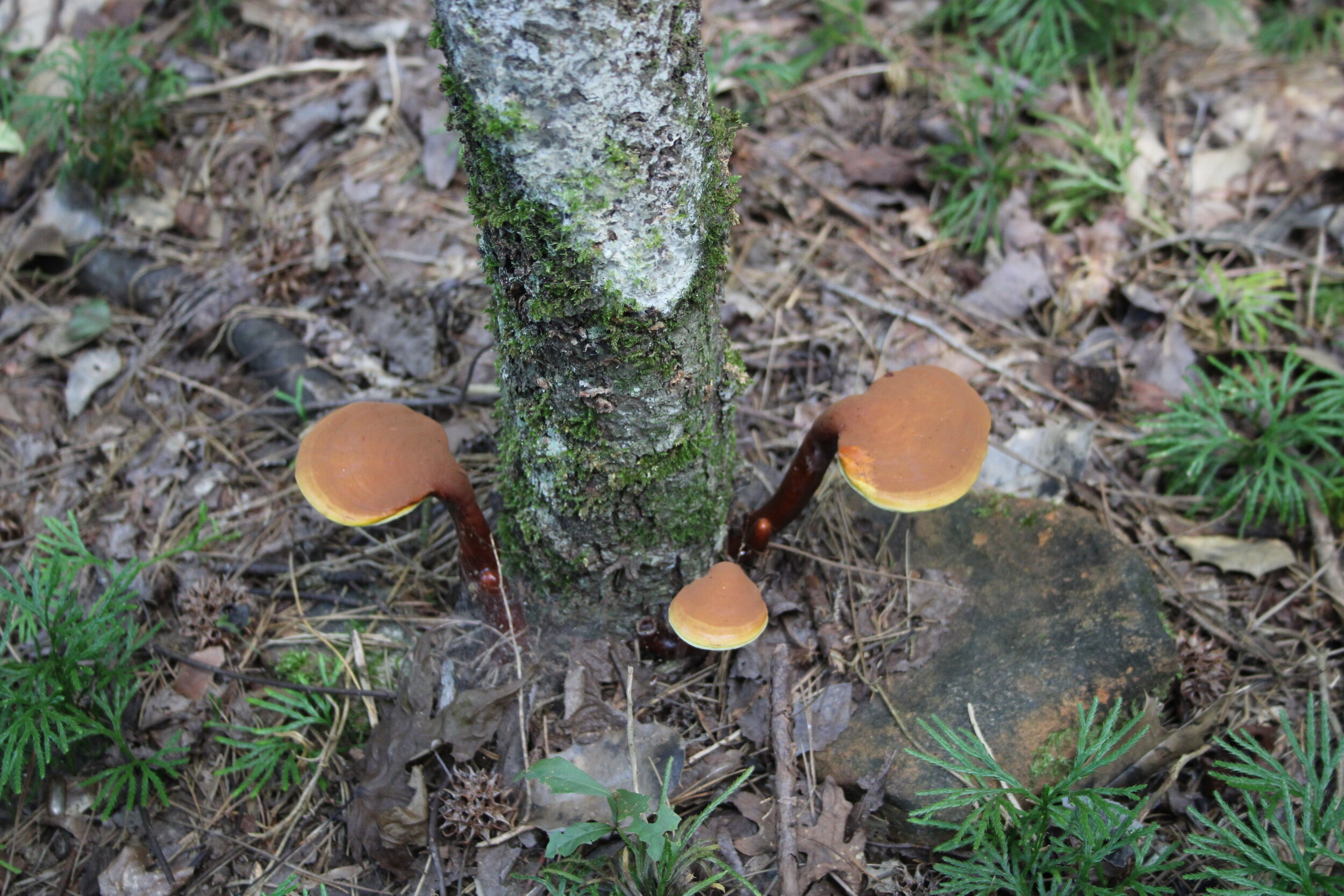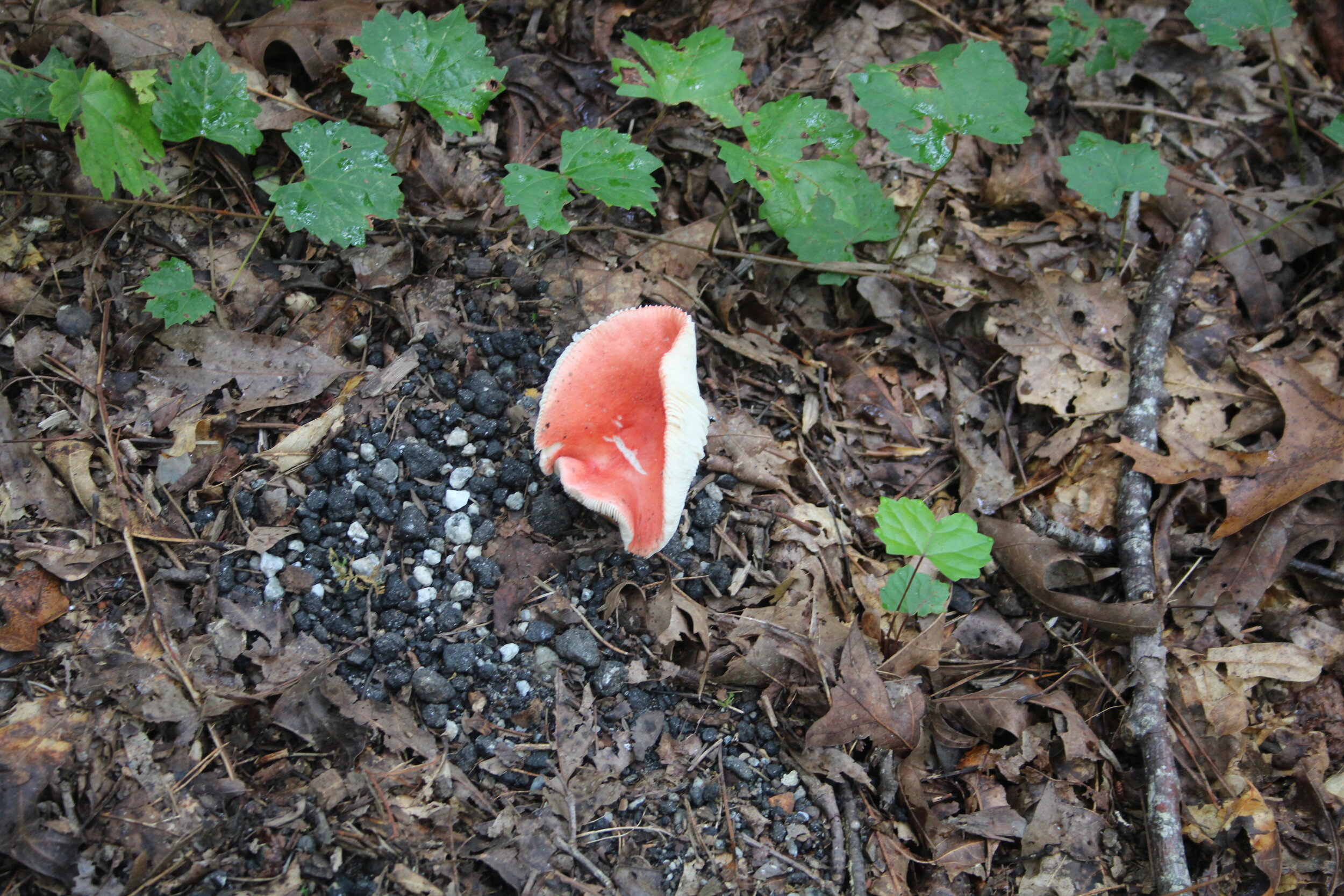Why are deer such jerks? Last week, I planted 74 new hydrangeas. That is 74 baby plants that I took as cuttings at exactly the right ripeness, dusted with growth hormone, and inserted into the perfect growing medium. I nurtured them tenderly through the rooting stage, keeping them moist (but not wet) and warm (but not hot). When they struck roots, I moved them lovingly to larger pots and encouraged them with liquid fertilizer until they were big enough to transplant outdoors. My vision was to create a hydrangea forest on one side of the driveway. Two days after I planted them in the soil, I drove by and interrupted a deer feast. One deer stopped directly in front of my car, a tender plant still dangling from her lips like a cigarette, and gave me the stink-eye, as if to say, “Hey, we’re eating here. Go away.”
I had the advantage of witnessing my destroyers, but how does a gardener know what is eating their precious plants if the perpetrator is not caught in the act? If the damage is above three feet from soil level, it is likely deer-induced. Rabbits nibble at lower levels and are more likely to gnaw bark. Favorite trees include oaks, sugar maples and ironwood. They destroy beans and other vegetables but tend to leave corn, squash and pepper plants alone. Deer can damage tree bark when they rub the velvet off their antlers, but the damage is higher than a rabbit’s and may even show the rub pattern. Rabbits favor new, tender growth while deer are less discriminating and will rip a sample bite from anything in their travel path. It’s like Saturday at the Costco sample kiosks during our pre-COVID days.
The most tell-tale indicator is the edge of the nibbled leaves. If the leaf or stem is severed in a clean edge, your destroyer is of the rabbit ilk. Think of Bugs Bunny* and his nice set of sharp choppers. If the leaves are torn and ragged, it is a deer. Deer do not have upper front teeth so they rip off leaves with their lips, leaving a ragged edge.
Deer scat and rabbit scat are both round pellets, but deer leave theirs in piles (especially when they encounter an electric fence) while rabbits scatter theirs around a bit. The size of the deposit can provide a diagnostic.
There are other culprits. If stems are severed at ground level, suspect cutworms, especially early in the growing season. If leaves show a perfect semi-circular missing section but no other damage, it could be a leaf-cutter bee. Groundhogs (woodchucks) trample the plants on which they feed. Squirrels and chipmunks prefer sweet treats, fruits like strawberries or tomatoes.
If you need positive identification, set up a wildlife camera. A cheaper alternative is to sprinkle powdered limestone on the ground around the plants where damage is occurring. You can usually see animal footprints in the powder the following morning.
So, how do you deter these eating monsters? Theories and products abound. I have tried many of them, with limited success. My best solution to date is a big, honking ugly electric fence that is ten feet tall with a tight woven mesh added along the bottom section. My least successful treatment was hanging bars of Irish Spring soap in my orchard trees. Deer nibbled on the bars of soap before they moved onto my apples. Also, the motion-activated garden sprinkler seemed to attract more deer than it deterred. “Hey everybody, there’s a water party in the Snoddy’s orchard, starting at nightfall. See you there!” It was frustrating to the point of transforming me into Elmer Fudd.*
If you choose to consult Google for a deterrent, please add the following term after your search words: site:.edu (The word site, following by colon, no space, dot, edu). This phrase will restrict your responses to fact-based information provided by university research and filter out the advertisements and colloquial advice.
*Note: My apologies for the references to Warner Brothers cartoon characters. With our current social distancing, I am watching more television. The Cartoon Network is more soothing than the news channels. If you Gen-Z folks don’t recognize the references, go ask your parents. Or grandparents.




